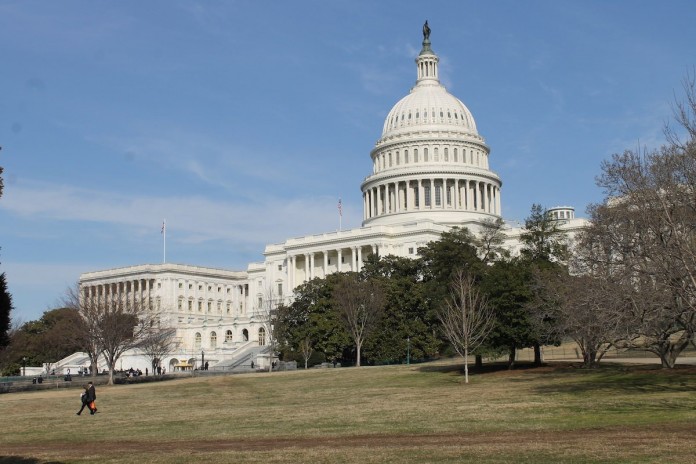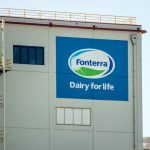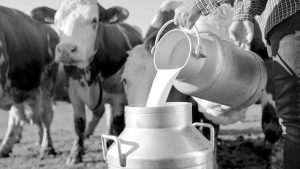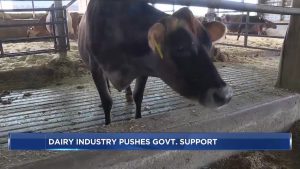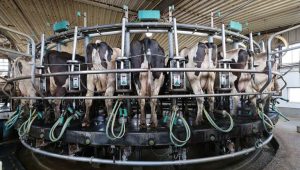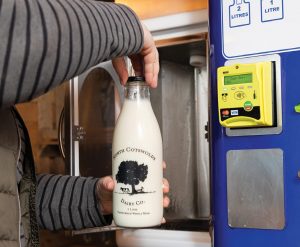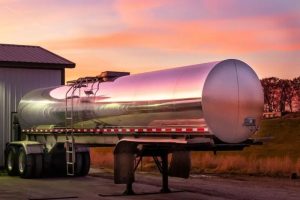
On Feb. 21, 2018, this space outlined my assessment of Congress’s meandering approach to the overdue 2018 Farm Bill.
Don’t just polish the badly tarnished 2014 Farm Bill, I urged; write a bill that “addressed” the law’s biggest flaw, “crop insurance’s inability to either slow or reverse falling farm income.”
It was a waste of ink. Shortly thereafter, the GOP-led Senate and House Ag committees buffed a few things here and there and, presto, the 2014 Farm Bill and its flaws became the 2018 Farm Bill with flaws intact.
And it remains the law today; Congress is still trying to write an updated Farm Bill.
All that failure carried a high cost. Under the 2014 law, total U.S. direct government payments — composed of 20 different payment schemes — totaled $69.5 billion, or nearly twice what Congress had budgeted.
The 2018 Farm Bill, with its 2014 flaws and the costly first Trump tariff program thrown in, nearly doubled that cost: $122 billion from 2019 through 2023.
The most recent two years’ worth of farm program spending — which doesn’t yet include any expected 2025 Trump tariff-mitigation spending — is already a shocking $51.8 billion.
Much of the spending, writes Carl Zulauf, an ag economist emeritus at Ohio State University in an April 16 farmdocDAILYbulletin, is because “ad hoc & emergency programs and crop insurance have not been countercyclical to net return since 2006.”
That means the pre-2014 farm program approach of high government income support during years of low market prices and low government spending in years of high market prices no longer applies.
As such, “The policy question,” Zulauf poses, “is simple, ‘Does society — do farmers — want a countercyclical crop safety net which makes high payments when private market return is low and low payments when price market return is high?’”
If this countercyclical regime is to be reestablished, he suggests, “ad hoc and emergency payments should be made only after commodity and crop insurance payments are known” and shouldn’t amount to more than “economic cost of production.”
Secondly, “Crop insurance can be made countercyclical by insuring only yield.”
Both are critical back-to-the-future, pre-2014 moves needed for farmers to escape what he describes in a later bulletin as “U.S. crop agriculture’s government payment trap.”
Since 2014, he explains, “Total commodity and ad hoc & emergency payments plus net insurance payments [collectively $120 billion] notably exceeded economic losses [-$32 billion] from producing the nine crops” — barley, corn, cotton, oats, peanuts, rice, sorghum, soybeans and wheat — ”for which USDA computes cost of production.”
That excess amount? A staggering $88 billion.
Those billions, Zulauf asserts, fueled the 52% rise in “farm assets” over the same crop year (2012/13 to 2023/24) period as “farm real estate increased 59%.”
At the same time, “Farm debt rose 73% as real estate debt rose 96%. Total and real estate interest expense increased even more, 87% and 100% respectively.”
That “government payment trap” continues the “pressure for more payments… that markets will expect….” But “more payments are… unlikely to relieve the crop cost-squeeze” and “instead [will] raise the cost of producing crops.”
Even worse, “Unwinding this trap will unfortunately come with pain, such as higher financial stress and bankruptcies, unless higher prices or yields increase private market returns or interest rates decline.”
And, he adds, “This trap and its potential pain could largely have been avoided if past crop safety net payments had not exceeded private market losses…”
Indeed, he adds, “(P)olicymakers should always aim to avoid having total crop safety net payments exceed crop sector private market losses.”
But that’s not what writers of the 2025 Farm Bill plan to do. To them it’s still 2014, and if Zulauf is right, taxpayers won’t be the only group paying a high price for reloading this government payment trap.
Farmers, already caught in it, will pay an even higher price.
You can now read the most important #news on #eDairyNews #Whatsapp channels!!!
🇺🇸 eDairy News INGLÊS: https://whatsapp.com/channel/0029VaKsjzGDTkJyIN6hcP1K
